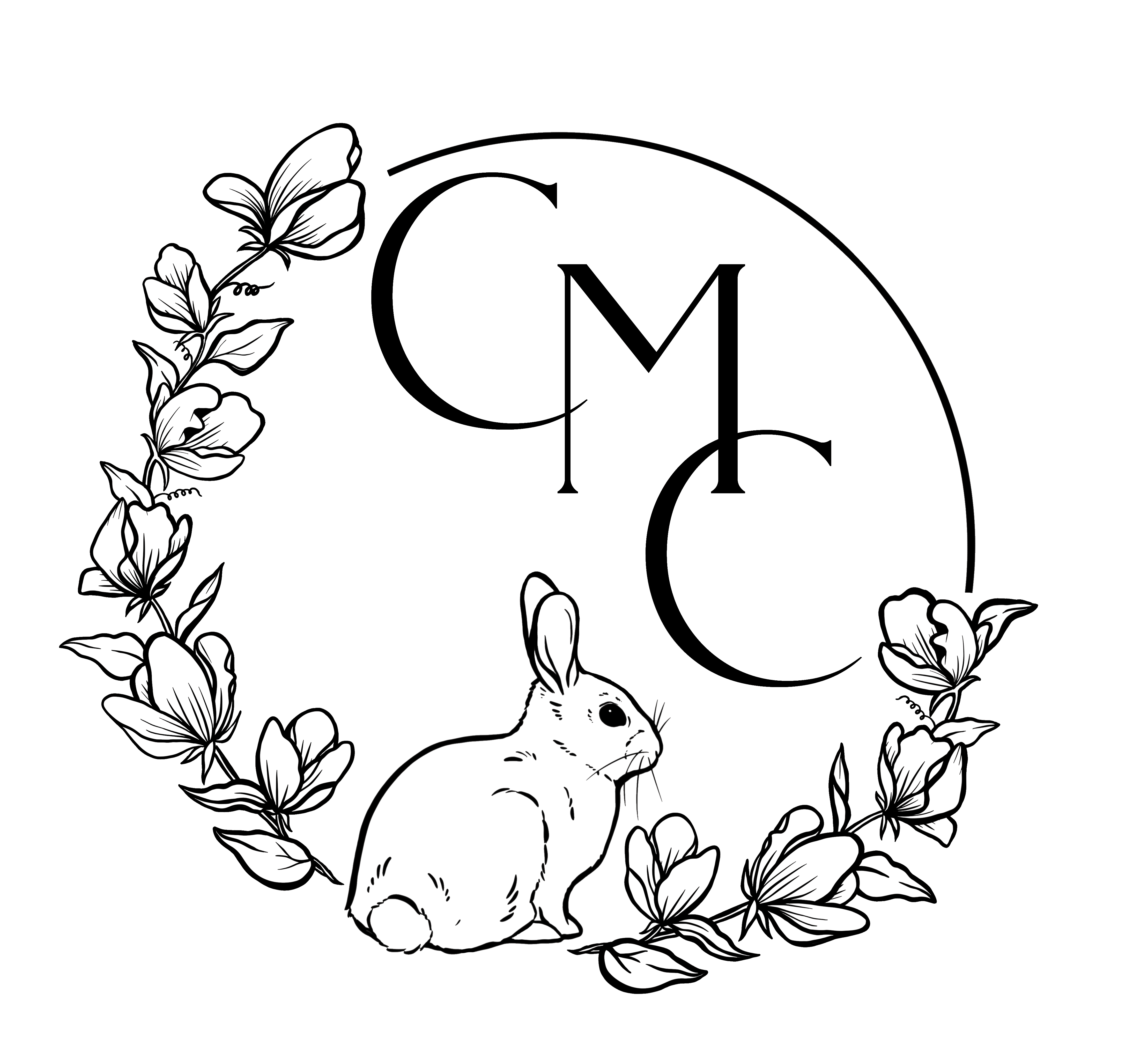How to grow peas from seed

Spring and summer wouldn’t be the same without a harvest of fresh, crunchy peas. To me there is nothing comparable to picking home grown peas right off the plant and snacking in the garden.
Luckily, peas are one of the easiest plants to grow and are something every gardener of every level should try in their own garden. Whether you’re growing shelling peas, sugar snaps, snow peas or anything in between, the tips in this article on how to grow peas from seed should get you off on the right path to success.
Preparing pea seeds
You’ll notice the seeds in your seed packet are hard. The outer coating of the seed has been dried and is preserving the inner layer. For best germination we want to give our little seeds the best chance at sprouting. To do that it’s best practice to soak your peas seeds in tap water for 24 hours prior to sowing.
Doing so will soften up the outer skin!
Another note….. if you have limited space for how many seeds you can start, try to select the best looking seeds. A healthy pea seed should be plump and a natural color. Small shriveled brown seeds are most likely in bad shape or not viable. If you have a ton of space I say plant them all, because then you have a chance at something.
When to plant pea seeds
Peas are a cool weather crop, meaning that they are hardy and can withstand frosty temperatures. As the weather warms up, the biggest difference is the taste as the peas starts to lose their sweetness, so it’s one of the plants to make sure you start early.
To know when and how to grow peas from seed you’ll want to make sure you know your growing zone. I’ll throw a link here.
For me, I’m zone 8b and I start my peas in February. I personally prefer to start my seeds indoors and transplant out by late February or early March.

Starting peas from seed
There are two ways you are going to start pea seeds. After soaking your peas for a day you’ll make the decision to either direct sow or start indoors.
To start indoors it’s pretty simple. Reference my guide to starting seeds indoors like a pro here for a more detailed explanation.
Basically, you’ll need to have some sort of seed starting tray, seed starting soil or potting soil, water and access to direct sunlight. When the seedlings have their first or second set of true leaves, harden them off by introducing them to the outdoors slowly, and then transplant!
Peas do amazing being direct sown. You’ll want to plant them about half an inch in the ground. I just make a hole in the soil with my finger until the soil line reaches my first knuckle.
What I have struggled with when it comes to direct sowing, is that I’m constantly combatting the birds. I don’t know why but they love to eat my freshly sprouted peas seeds. To fix this I’ve found that putting a chicken wire cage over my seeds before they sprout increases the chance that they get to germinate.

What to grow peas on
As I’m sure you know, peas are climbers. They have fine little tendrils that reach and curl, looking for something to grab onto for support. Because of this they need some sort of trellis or support to grow up. This year I planted my peas in a raised bed next to a chain link fence. They are doing wonderful there and really thriving.
Other great options are creating a free standing teepee or an arched cattle panel trellis.
Jess from Roots and refuge farm has a great video on how to assemble an arched trellis. Go check it out!
Growing peas for production
Give peas the space to climb and they will keep reaching and producing more vines and therefore more fruit. Peas are heavy feeders and will benefit well to being planted in a mixture of rich compost and soil and fed with fertilizer every few weeks.

To keep your plants producing, you’ll want to harvest, harvest and harvest! This tells your plant to keep flowering.
When you’re getting out of season or your plants start slowing down, allow the peas pods to dry completely on the plant and save the seeds for next year.
Save your seeds in something dry like a seed packet. I make them too often. You can find a link to my own templates here.
Besides that, I wish you all the success in growing your own peas this year!

